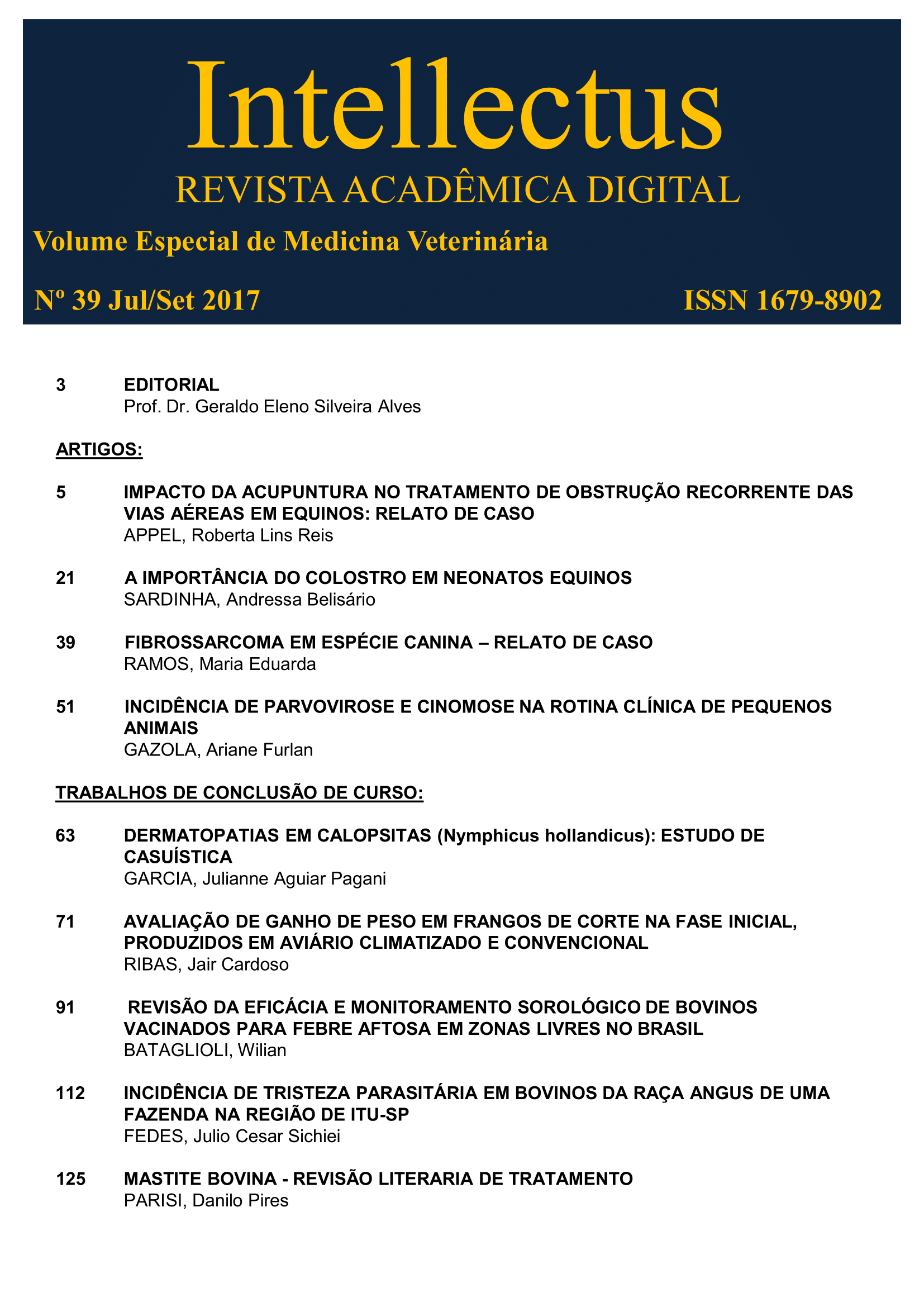Bovine Mastitis
Review treatment literaria
Keywords:
Mammary Gland, Antibiotic, ResistanceAbstract
Mastitis is the inflammation of the mammary gland that is characterized as an infectious disease and of high prevalence besides causing great damages in the milk activity and it presents of two forms being the clinical mastitis with clinical signs very evident and the subclinical mastitis that does not show signs Clinical studies, but the increase of somatic cells in the milk and the decrease of the production are characteristic signs of this affection. The most frequent bacteria in cases of mastitis are: Staphylococcus aureus, Streptococcus agalactiae, Streptococcus dysgalactiae, Streptococcus uberis, Escherichia coli, Corinebacterium bovis, Mycoplasma sp. The diagnostic methods include in addition to the clinical signs the test of the dark background mug or screen for clinical mastitis and the California Mastitis Test (CMT). Antimicrobials are widely used in dairy herds for prevention and control of infections caused by mastitis, the correct use in the properties is of extreme importance within the control of the mastites, besides that if they are used in a wrong way these can leave residues in the milk. Bacterial resistance is undoubtedly the greatest difficulty in production, and good management practices can contribute greatly to the reduction of infections. Early identification of clinical cases and mastitis treatments are widely used in most herds and treatment of lactating cows should be carefully considered because of the risk of the presence of antibiotic in milk. In cases of acute clinical mastitis the indicated treatment is by the systemic route and may or may not be associated with intramammary treatment, many clinical cases use the combination therapy, where the combination of antimicrobials with synergism is done, where one enhances the action of the other. These associations may be with the systemic use of a quinolone such as enrofloxacin and intramammary application of an aminoglycoside such as gentamicin and or cefoperazone or combined use of penicillin with neovobiocin in preparations for intramammary use. The success of curing mastitis is related to the resistance of the agents and the specificity of the treatments with the use of antibiotics.



